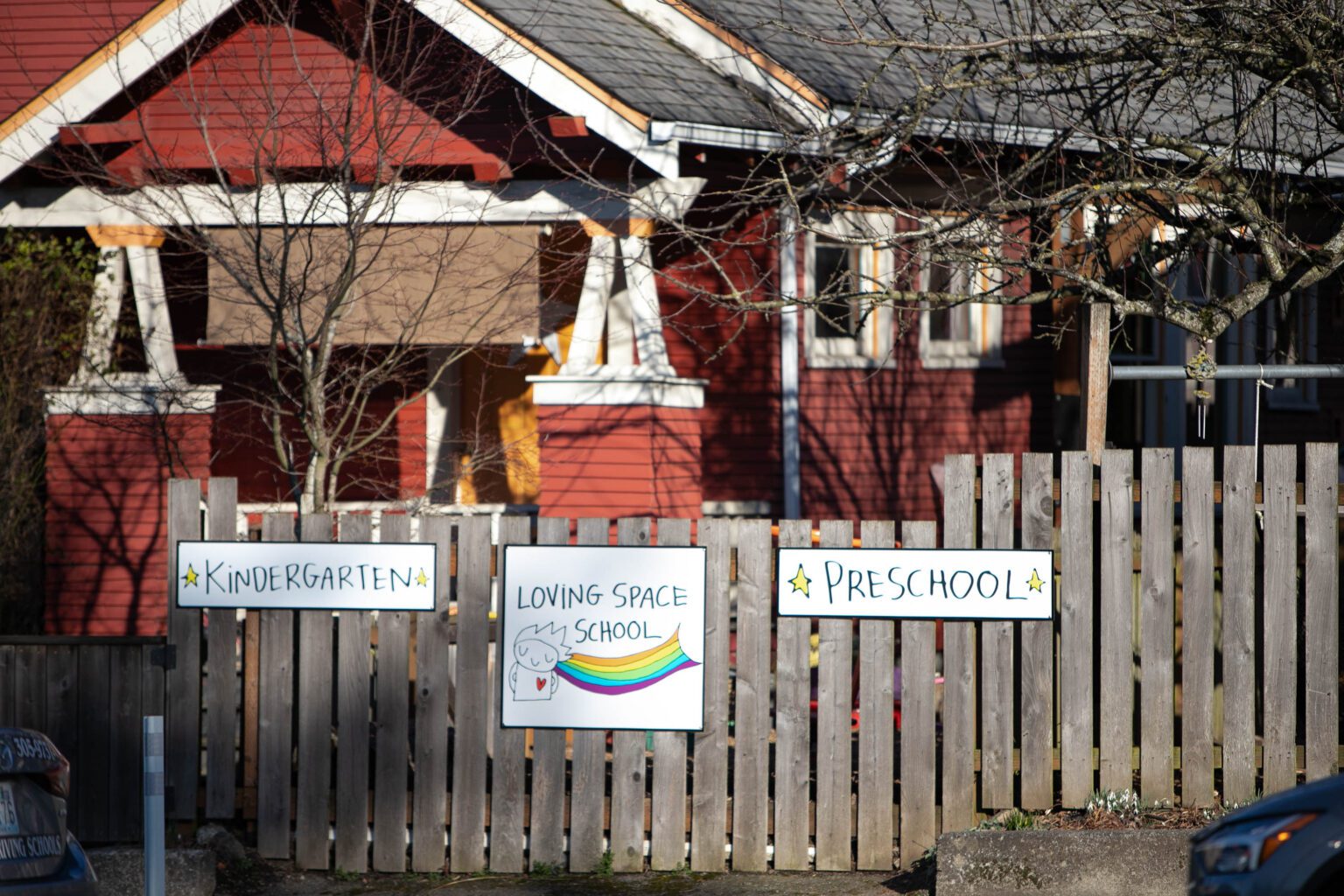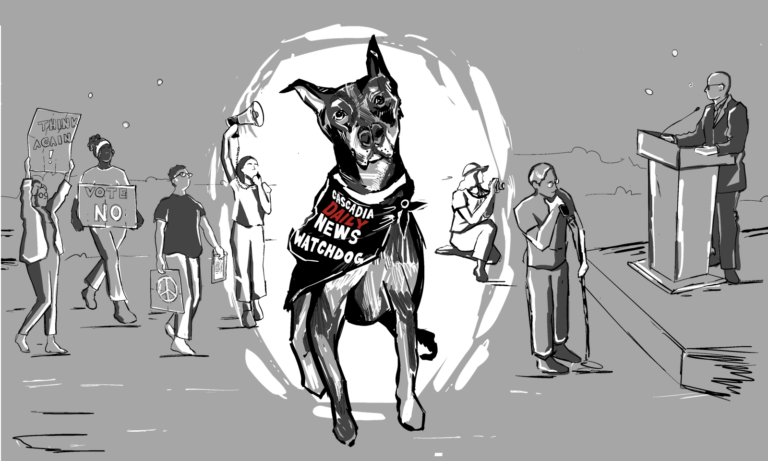A property tax to fund child care and other services for preschool children and their families will raise more money than anticipated. The Whatcom County Council voted Tuesday evening to keep the levy rate at 19 cents per $1,000 of assessed value, which will result in about $10 million in tax collections in 2023.
The ordinance approved Tuesday night says all tax receipts for the Children’s Initiative will be deposited in a “Healthy Children’s Fund” separate from the county’s general fund. The fund and the programs it supports will be subject to independent performance audits to determine how well the fund is meeting its goals.
The decision came after more than two hours of testimony at a public hearing on the levy rate. Most who spoke at the hearing supported the 19-cent rate.
The levy as described on the November ballot was expected to collect about $8.2 million next year from the 19-cent rate, but that figure was calculated before next year’s property value assessments were announced in October.
County Executive Satpal Sidhu last week proposed a rate of about 16 cents per $1,000, to bring the total collections to the $8.2 million stated on the ballot. Members of the levy’s campaign committee responded with an attorney’s letter, warning the council would be taking “legal risks” if it adopted the rate recommended by the executive.
The council vote was 4–2 in support of the 19-cent rate, with Ben Elenbaas and Tyler Byrd voting against the higher rate. Council member Kathy Kershner was absent.
The 19-cent rate amounts to a property tax of $114 next year for the owner of a $600,000 home.
Byrd said his vote was based on the will of constituents in his council district, a majority of whom voted against the Children’s Initiative levy. Byrd represents District 3 in eastern Whatcom County.
Byrd also said the attorney’s letter was “an enormous letdown,” considering how closely council members had worked with members of the levy committee to put the measure on the ballot and ensure Tuesday night’s ordinance enabling tax collections would be approved before the end of the year.
The legal threat also troubled council member Carol Frazey, who voted in favor of the 19-cent rate.
“We talk about trust, and we talk about what type of community we want to be,” Frazey said. “And I felt like this letter that came to us out of the blue … was not the community we want to be in.”
“I hope we get the outcomes that we are promised for our kids. And I hope this money just doesn’t flow through the entities that are here today,” Frazey added, referring to the groups in the audience who will administer the new fund. “I hope it goes to the kids and helps them.”
With total collections next year about $1.8 million more than expected, the Children’s Initiative levy will raise an additional $18 million over its 10-year lifetime. A separate ordinance, approved in June to place the measure on the November ballot, outlines what the new tax will fund: affordable and accessible child care and early learning, kindergarten readiness, and support for homeless and other vulnerable children.
Levy supporters have said support for children in the first five years of their lives will lead to higher graduation rates and lower incarceration rates in later years.
Cathy MacKay, a retired labor and delivery nurse who worked more than 30 years at PeaceHealth St. Joseph Medical Center, was one of several speakers at the public hearing who said the new fund would save money in the long run.
“Giving this boost to young children is preventative care,” McKay said. “I think we all understand that preventative care is going to save [our community] a lot of money.”
This story was updated at 4:50 p.m. Dec. 7.




